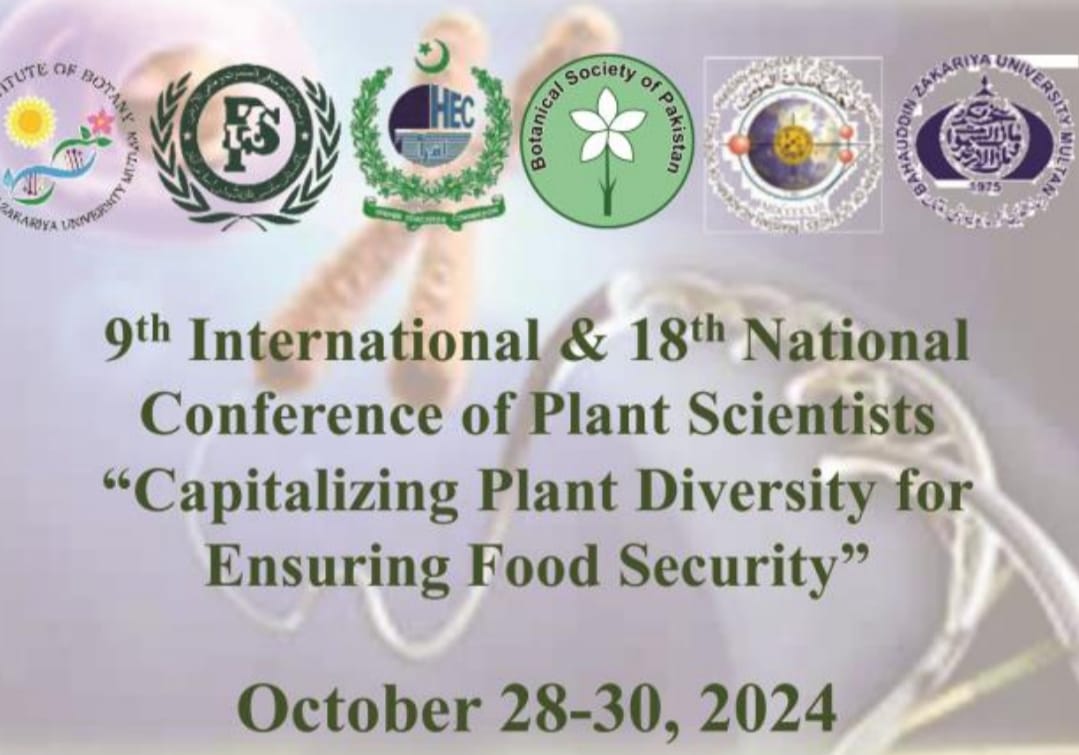
PJB-2024-530
CONTRIBUTION TO THE STUDY OF THE TÜRKİYE VEGETATION:
PHYTOSOCIOLOGY OF THE BODRUM (MUĞLA) PENINSULA
Hediye AKTAŞ AYTEPE
Abstract
The aim of this study was to characterize the vegetation gradient and diversity of the Bodrum Peninsula, a hotspot for plant biodiversity in SW Anatolia-Türkiye. This study focused on the classification and syntaxonomic assignment of the vegetation of the Bodrum (Muğla) Peninsula, located in southwestern Türkiye. This study, carried out between 2011 and 2013, is timely because the vegetation structure of the Bodrum Peninsula is at risk due to fire, construction, grazing, and tourism. Vegetation studies were made according to the Braun-Blanquet method and analyzed using the JUICE classification and NMDS ordination. The authors isolated ten plant communities, seven of which were new to science, belonging to six different vegetation types (pine forest, riparian, macchie, garrigue, phrygana, and secondary ruderal vegetation). The forest vegetation consists of Junipero phoeniceae-Pinetum brutiae (Akman et al., 1998). The riparian vegetation consists of Inulo viscosae-Nerietum oleandri. The macchie vegetation consists of Umbilico horizontalis-Oleetum europeae. The phrygana vegetation consists of Dactylio hispanicae-Sarcopoterietum spinosi. The garrigue vegetation represented Salvio fruticosae-Genistetum acanthocladae, Arbuto andrachnes-Calicotometum villosae, Cyano segeti-Euphorbietum acanthothamni, and Erico manipuliflorae-Cistetum salviifolii. The secondary ruderal community is represented by the Cakile maritima-Pancratium maritimum community and the Gynandriris sisyrinchium-Ferula communis subsp. communis community.
To Cite this article:


